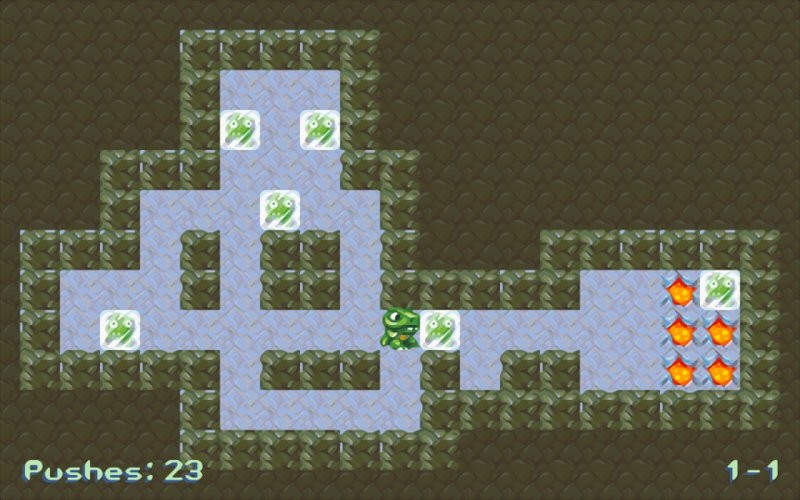
Ludo's scanner faster for this reason and because it leverages goroutines. No, the scanner logic is basically the same and Ludo supports even less ROM formats.ĬDs are scanned based on file name instead of serial number. Does Ludo offer a better scanning method compared to RetroArch? Implementing Ludo as a menu driver of RetroArch would solve none of these core issues.įor now, Ludo distinguishes itself from RetroArch by offering less features and focusing on a more easy to use interface. RetroArch is an extremely active project and has a growing codebase that makes it harder to reach stability.Īlso, RetroArch is a very powerful and sophisticated frontend, and one of the common criticisms is that it exposes too many configuration options for the average retro gamer. It is also important to not introduce changes at a high rate. To keep software stable on a number of different platforms, it is important to keep a small codebase with a good test coverage. Why not implement Ludo as a menu driver in RetroArch? It definitely shares a lot of the same core values. It also shares some of the same developers, as kivutar is an important contributor of the libretro team, and all the people who provided help have also been members of the Libretro community. Same cores, similar UI patterns, joypad driven UI, same game thumbnails, mostly the same game database, same terminology. Like RetroArch, Ludo is a libretro frontend, so the way of communicating with the emulators is the same. The cores are packaged in the frontend so no additional step is required to launch a game. For example we support less cores, and choose cores for the user. Ludo will stay smaller than RetroArch by only implementing the core features and by targeting less platforms.īy not adding advanced functionalities, we aim to deliver a stable frontend for beginner users on Windows, Mac OSX and Linux. Known issues are listed in GitHub, and if you want to get it a try on your hardware, including x86 PCs, you can download the latest release from the Lakka download page.Frequently Asked Questions How is Ludo different from RetroArch?

nocompat in the /storage/.update folder / Update Samba shareĭevelopers say this is their first release with an updated build system, and while they tried to port all changes to this new build system, some optimizations and enhancements may be missed, plus some platforms did not make the cut, and boards and devices such as ODROID XU3/4, ODROID Go Advance/Super, and Anbernic’s RG351M/RG351P/RG351MP/RG351V getting a maintenance update (3.7.1) instead, with RetroArch and LibRetro cores updated to the same versions as in the Lakka 4.0 release. Tinkerboard and MiQi now use a common system RK3288 (hence the change of the image names) you need to place an empty file named.Nintendo Switch: complete rewrite of the port with many fixes and enhancements.

Added support for additional Allwinner and Amlogic devices (not tested on our side, as we do not own many of these devices).Rockchip RK3288, RK3328 and RK3399 switched to mainline kernel 5.10.76.Mainline kernel updated to 5.10.103 (PC, Amlogic, Allwinner, NXP).Cores updated to their most recent versions.Main changes to Lakka 4.0 compared to version 3.7: While Lakka was initially designed for Raspberry Pi boards in a way similar to RetroPie, it also works just fine on many other Arm platforms and PCs.

Lakka 4.0 is the latest release of the game emulator based on LibreELEC 10.0.2 and RetroArch 1.10.1 frontend GUI for LibRetro game emulators cores.


 0 kommentar(er)
0 kommentar(er)
